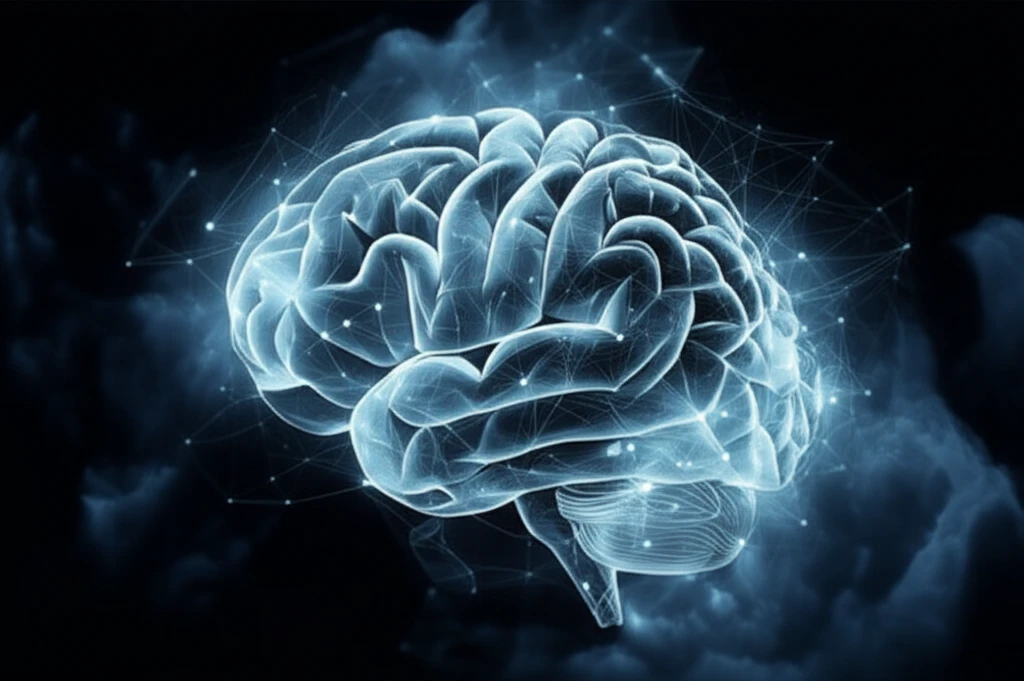
Decoding Brain Scans: How a New 'Brain Feature Terminology' Could Revolutionize Alzheimer's Diagnosis
"Scientists develop a controlled vocabulary to standardize the interpretation of neuroimaging data, paving the way for earlier and more accurate diagnosis of neurodegenerative diseases."
Imagine a future where Alzheimer's disease can be detected years before the first noticeable symptoms appear. Where brain scans aren't just pictures, but clear indicators of the subtle changes happening within the intricate folds of our minds. This future is closer than you think, thanks to the development of a groundbreaking tool: the Neuroimaging Feature Terminology, or NIFT.
Alzheimer's disease and other neurodegenerative conditions have long been a challenge for doctors to diagnose early on. Existing imaging techniques are powerful, but the interpretation of the data they produce can be subjective and inconsistent. Different experts might see different things in the same scan, leading to confusion and delayed diagnoses. This is where NIFT comes in – a standardized 'language' for describing brain imaging features.
Published in the Journal of Alzheimer's Disease, a team of scientists introduces NIFT as a way to organize the knowledge domain of measured brain features. It is a structured vocabulary that will link specific imaging findings with neurodegenerative diseases. This innovation promises to transform how we understand and approach these complex conditions, offering hope for earlier, more accurate diagnoses and, ultimately, more effective treatments.
What is NIFT and Why Does it Matter for Alzheimer's?

At its core, NIFT is a controlled vocabulary – think of it as a highly organized dictionary – designed specifically for annotating and interpreting brain imaging features. It's not just about identifying structures in the brain; it's about standardizing how we describe and understand what we see in those images, particularly in the context of neurodegenerative diseases like Alzheimer's.
- Consistency in Diagnosis: NIFT helps ensure that doctors are looking for the same things and using the same terms, leading to more reliable diagnoses.
- Improved Research: By standardizing how imaging data is annotated, NIFT makes it easier for researchers to share and compare findings across different studies.
- Earlier Detection: The ultimate goal is to identify biomarkers – measurable indicators of disease – that can be detected in brain scans long before symptoms appear.
The Future of Brain Imaging and Alzheimer's: NIFT and Beyond
NIFT represents a significant step forward in our ability to understand and combat neurodegenerative diseases. By providing a standardized framework for interpreting brain imaging data, it promises to improve diagnostic accuracy, accelerate research, and pave the way for earlier, more effective treatments. Although NIFT has a way to go before it can reach its full potential, its integration with other disease biomarkers will give insight into disease progression and treatment options.
